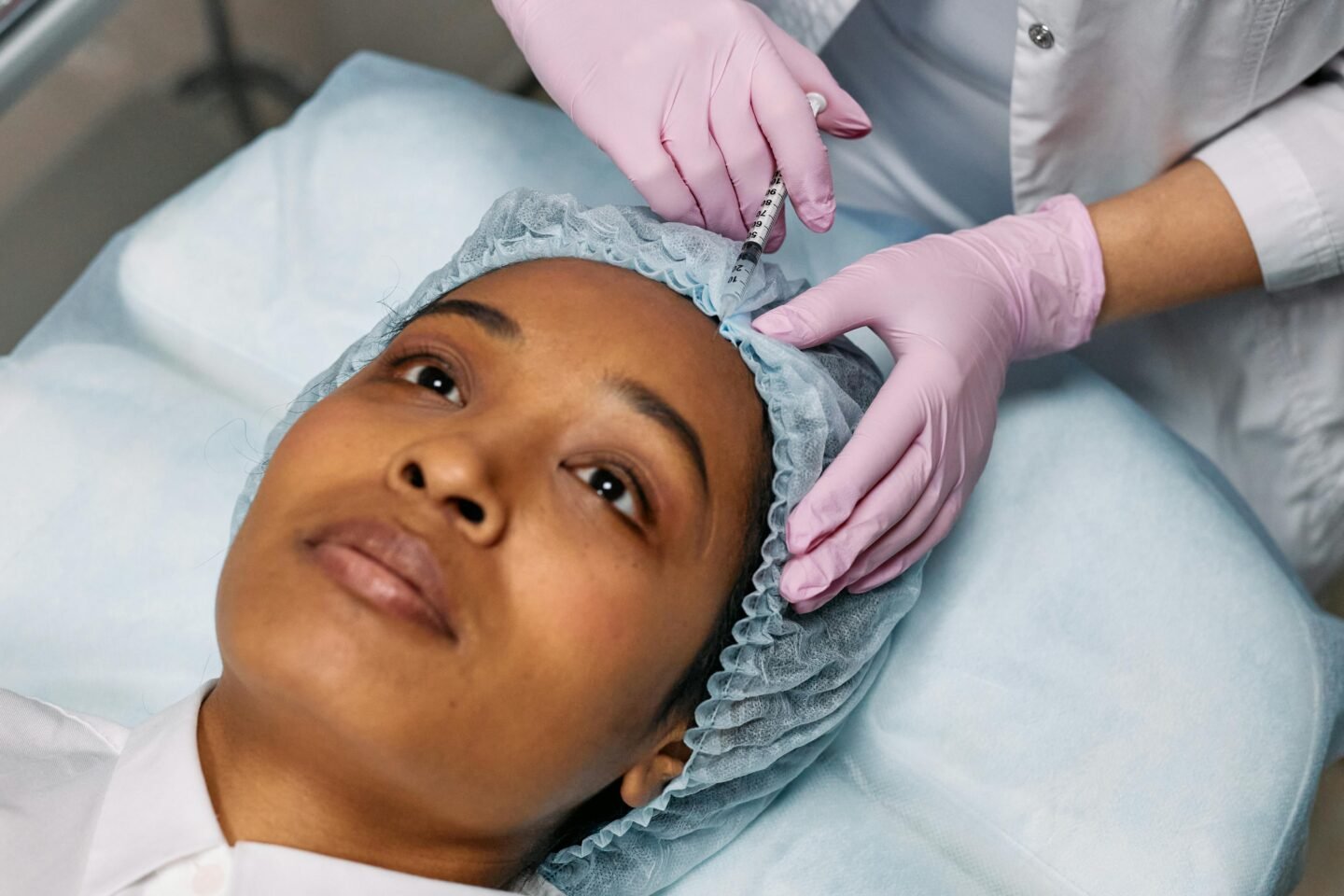
How Botox Helps Beyond Aesthetics: Treating Chronic Migraines
Botox, commonly known for its wrinkle-reducing and line-smoothing effects, offers benefits far beyond cosmetic enhancements. It has become a valuable treatment for individuals suffering from chronic migraines. Here is some information that explores how Botox works to alleviate migraines, the treatment process, and its effectiveness in providing relief.
Understanding Chronic Migraines
Chronic migraines encompass more than just headaches. They involve severe, throbbing pain accompanied by symptoms such as nausea, sensitivity to light, and difficulty carrying out daily activities. To meet the criteria for chronic migraines, individuals experience headaches on 15 or more days each month, with at least eight days being migraines. Chronic migraines significantly reduce quality of life. Individuals often miss work, social engagements, or family activities during flare-ups. Treatment options, such as Botox, offer a path to manage these symptoms and regain a sense of control over everyday life.
Botox For Migraines
Botox works by blocking chemical signals from nerves. This temporarily paralyzes or relaxes the muscles. While this effect is useful for cosmetic purposes, in migraine treatment it targets pain pathways. When injected into specific areas around the head and neck, Botox stops the release of chemicals that activate pain networks in the brain.
The process involves a series of targeted injections performed by a trained healthcare professional. These injections are administered to areas such as the forehead, temples, neck, and shoulders. Individual results may vary. Repeat treatments are generally spaced about 12 weeks apart.
Effectiveness and Benefits
Clinical studies show that Botox treatments can reduce the frequency and severity of migraines for many individuals. Participants in trials have reported fewer migraine days per month and a reduction in associated symptoms such as nausea and sensitivity to light. This can have a positive ripple effect on overall well-being, improving productivity and emotional health.
Botox is generally well-tolerated. Some individuals experience side effects such as mild pain or swelling at the injection site, but this is temporary. Botox for migraines may provide an alternative treatment path for individuals who have not experienced relief through other preventive treatments or medications.
Finding Treatment Options
Deciding on the right migraine treatment is a personal decision. It depends on several factors, such as your medical history, the severity and frequency of your symptoms, and your overall health. Consulting with a healthcare professional is a valuable first step. They can assess your symptoms, review your medical history, and discuss your treatment goals. This will help determine if Botox is a suitable option for you.
A medical professional can tailor a personalized treatment plan designed to fit your unique needs. For the best outcomes, regular follow-ups with your healthcare provider are necessary. These appointments allow for continuous monitoring and adjustments, helping your treatment plan be successful.
Botox as a Migraine Management Tool
Botox offers more than cosmetic enhancements; it presents a viable option for managing chronic migraines. Its ability to interrupt pain pathways and reduce migraine days can positively impact daily life. Many individuals exploring Botox for chronic migraines report improvement in their condition. Partnering with a healthcare professional to explore this option may offer you a step toward experiencing fewer headache days and a better balance in your everyday routine.
